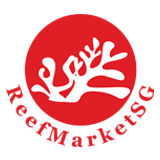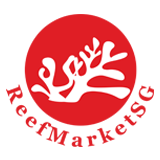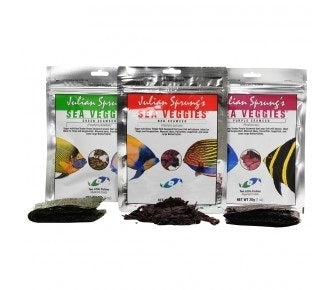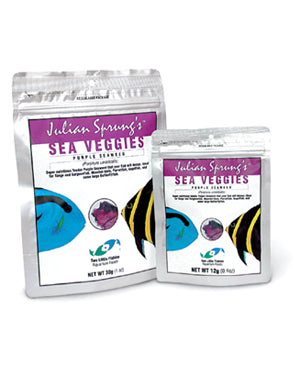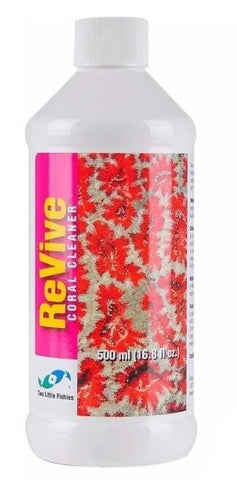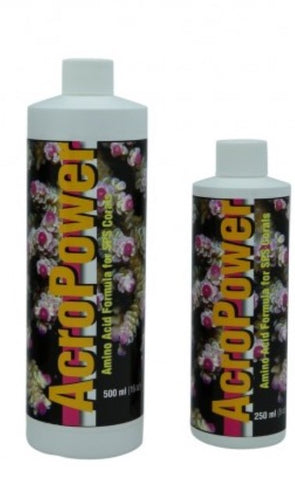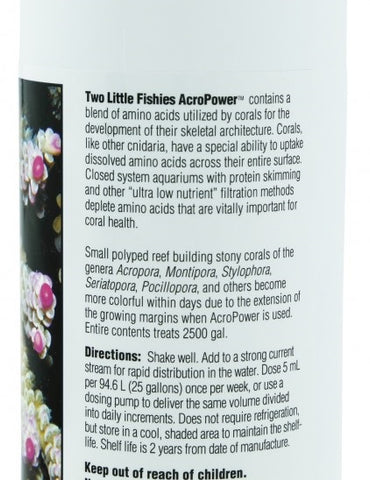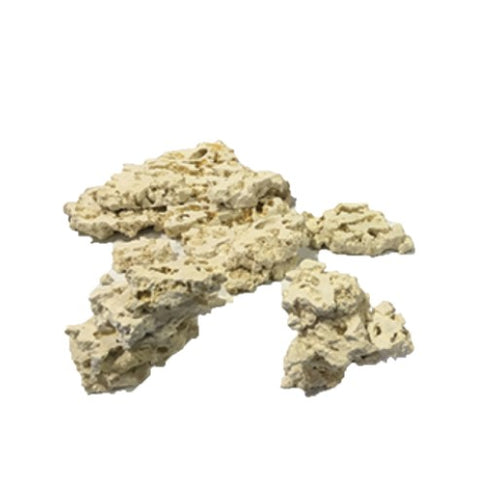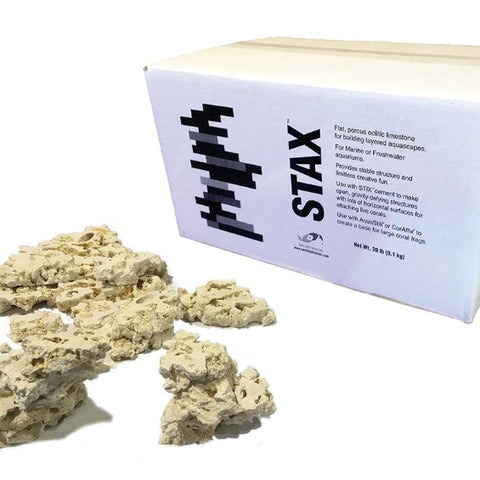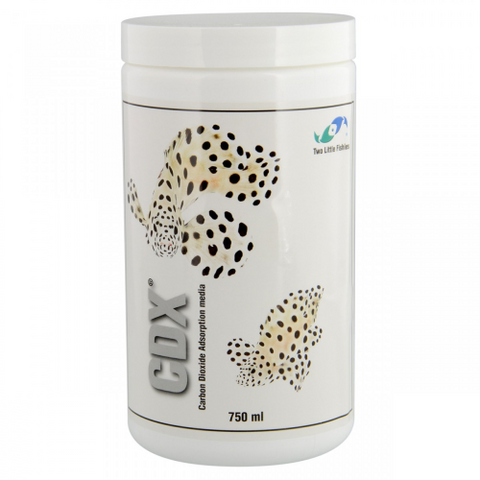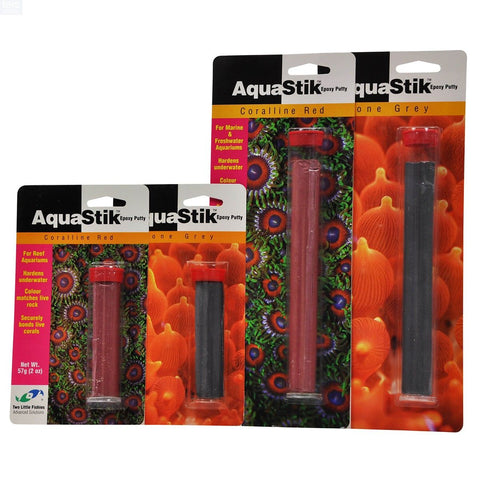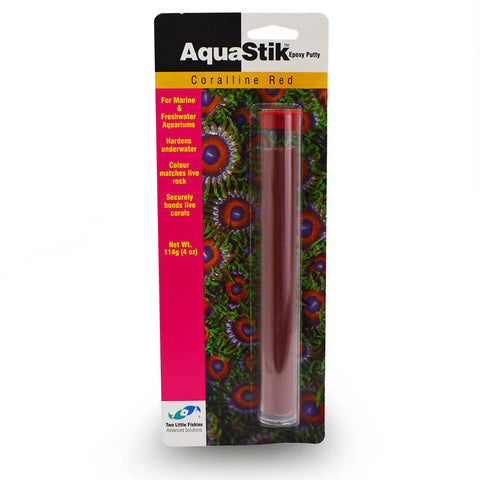Sidebar
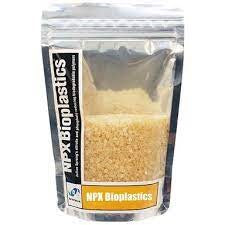
TLF NPX Bioplastics 1L
Regular price $101.00
In Stock
- FREE Store Pick Up
RTLF-00093
Two Little Fishies NPX Bioplastics is a biopolymer filter media that helps maintain aquarium quality of water by supporting the growth of nitrate and phosphate reducing bacteria
- Aquarium nitrate and phosphate removal biopolymer filter media
- Of course, aquarium phosphate levels decrease with useful bacteria
- Bacteria consumes nitrate and phosphate as it grows on the filter medium
- Use bioplastic media in fluidized reactor
Use the power of nature to lower the nitrate and phosphate aquarium. Two Little Fishies NPX Bioplastics is a biopolymer filter media that helps maintain aquarium quality of water by supporting the growth of nitrate and phosphate reducing bacteria. Enjoy natural and cost effective management of aquarium phosphate by cultivating useful bacteria!
NPX Bioplastics are pellets biodegradable polymers you use in a fluidized reactor . Like bacteria, the pellet surfaces, excessive growth sloughs off to be harvested by a protein skimmer or grown to a natural source of food for the filter-feeding invertebrates such as corals, mussels and sponges. Anaerobic zones within the pellets to promote conditions in which bacteria associated with denitrification (nitrate removal) thrive. Use this natural approach in combination with protein skimmers and phosphate to remove media at high levels of nitrate and phosphate that pollute aquarium quality of the water.
Install NPX Bioplastics in the PhosBan Reactor 150 using the NPX bioplastics screen for easy nitrate and phosphate control (each available separately). Allow time for bacterial populations to reach effective levels. For best results, start with smaller amounts and add more NPX Bioplastics as media are inoculated with useful bacteria. After two to four weeks, nitrate and phosphate will decrease. 200ml aquarium trays up to 190 liters.
Use NPX Bioplastics in combination with proper aquarium filtration and use strong water circulation and aeration. The use of NPX Bioplastics in seawater aquaria should be accompanied by the use of a protein skimmer to achieve the export of bacteria and assimilated nutrients.
Instructions
NPX Bioplastics are best installed in a fluidized bed filter like the PhosBan Reactor 150 (# 18413) or 550 (# 71947). Warning: To prevent the chance of cloudy white bacteria blooming in the water DO NOT use a full dose to start with high nitrate aquariums. From 1/2 the recommended dose and gradually after a few weeks to 100 ml per 95 liters.
If a bloom develops, remove 1/2 of the NPX Bioplastics from the reactor and keep the moisture but not immersed in a bag. For heavy-duty aquariums, larger amounts may be used, but the accumulation of phosphate from the food may require the combined use of NPX bioplastics and PhosBan granular iron oxide media (# 13157) in separate reactors. Note the level of media within the filter and, if necessary, add approximately every three to six months, as NPX Bioplastics is consumed slowly.
Caution
Enforcement of sufficient water flows through NPX Bioplastics to prevent hydrogen sulphide gas production. Solid water circulation, aeration and / or surface foaming overflow in the aquarium maintain high oxygen saturation when using this product due to its strong influence on oxygen saturation. The use of NPX Bioplastics in seawater aquaria should be accompanied by the use of a protein skimmer to achieve the export of bacteria and assimilated nutrients. It is not necessary that the output of the filter-containing pellets be near the inlet of the foamer, but it is necessary a protein foamer on the system.
General information
NPX Bioplastics are pelletized biodegradable polymers that promote the development of bacteria that assimilate nitrate and phosphate. As bacteria develop on the pellet surfaces, excessive growth sloughs result from the tumbling in a fluidized bed filter and these bacteria can be removed with a protein skimmer or serve as food for plankton filter-feeds invertebrates such as corals, mussels and sponges. Anaerobic zones also develop the pellets, thereby detecting denitrification.
NPX Bioplastics granular plastic media is made of biodegradable polymers. It is for use in a fluidized reactor. The slow release of biological food from these plastics promotes the development of bacteria that assimilate nitrate and phosphate. These bacteria can be harvested by protein shavers, so that the nitrate and phosphate are naturally reduced. The bacteria are also a source of food for the filter-feeding invertebrates such as corals, mussels, sponges and mumps.
NPX Bioplastics Screen
Instruction for the NPX screen for PhosBan Reactor 150 and PhosBan Reactor 550
Description
The NPX Screen prevents NPX Bioplastics or other biodegradable pelletized media from passing the dispersion plates into the PhosBan Reactor 150 or PhosBan Reactor 550.
NPX screens are used instead of the foam sponges in the PhosBan reactors. Remove the sponges and place the cut screens on the top of the Dispersion Plates. Usually the screens will fit properly instead of being cut correctly, but small plastic cable ties can also be used to stick them to the Dispersion Plate.
- The preparation of the PhosBan Reactor 550 screens
- Using a scissors cut the Screen diameter through two windows, leaving the outer rib intact. Using a fine pointed scissor or knife, carefully cut the first two windows in the center of the screen so it fits exactly the PhosBan Reactor Center Pipe.
- The preparation of the PhosBan Reactor 150 screens
- Using a scissors cut the Screen diameter through five windows, making the outer rib intact. Using a fine pointed scissor or knife, carefully cut the first two windows in the center of the screen so it fits exactly the PhosBan Reactor Center Pipe.
- Finishing of the Assembly
- Slide the screens on the clear tubes and across the Dispersion plates. Place the Second Assembly in the PhosBan Reactor and press the screen down (PhosBan Reactor 550 for PhosBan Reactor 550 and using a PhosBan Reactor 150 criterion) to To be sure of the screen placed flat all around the diaspora Plate. Plastic cable ties can be used to keep the screen safe but usually not necessary. Add NPX Bioplastics and place the top Dispersion Plate and screen in the same way.
Guidelines
NPX Bioplastics are best used in a fluid bed reactor
For 200 ml NPX Bioplastics use in a fluid bed reactor and choose a pump with 1100-1300 lph capacity.
For 400 ml NPX Bioplastics use in a fluid bed reactor and choose a pump with 1300-1900 lph capacity.
Free pick up at 108 Owen Road 218915 only

Related Products
- Choosing a selection results in a full page refresh.
Added to cart successfully. What's next?

Product type: 1
1 x $00.00
Order subtotal
$00.00
Continue shopping
The cookie settings on this website are set to 'allow all cookies' to give you the very best experience. Please click Accept Cookies to continue to use the site.
